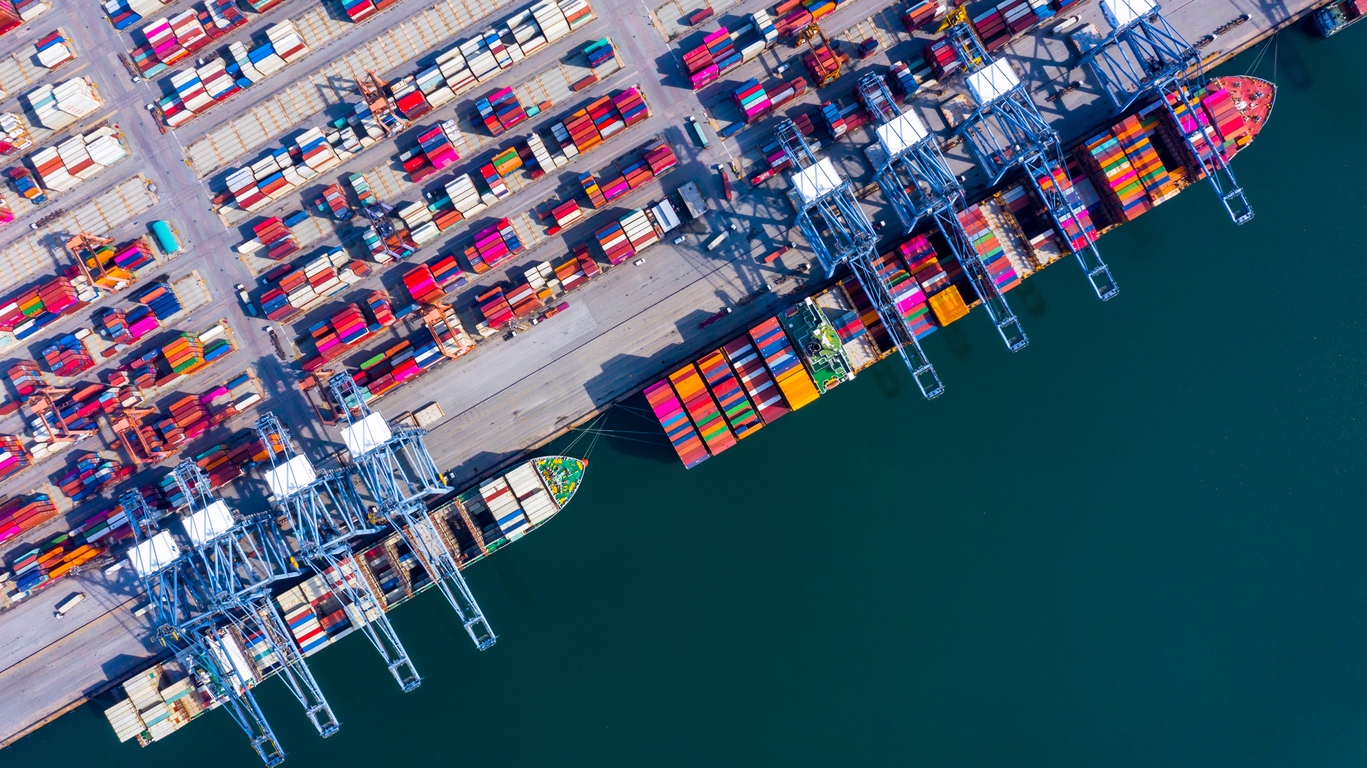As you sit down to drink your coffee and read this article, you are probably waiting on product you ordered months ago. Maybe it is upholstery, or a bedroom set. Maybe it is the dining room table for Mrs. Jones that was supposed to arrive three weeks ago to no avail. This has been the story for every retailer I have spoken with over the past six months.
Rather than focus on the “why” of our current supply chain struggles, I want to instead focus on the what: What products are being impacted most, and what is happening once products arrive in the States? There is a lot to uncover here, so let’s dive in.
Overseas Production
The Asian supply chain is under duress to say the least. Most major factories are continuing to struggle to stay open. Government shutdowns of cities is the major cause as workers are just not able to go to work. As those shutdowns persist, residents aren’t even allowed to move about as cities enforce “No Mobility” acts. Citizens are basically stuck at home.
How are manufacturers navigating this issue? By creating “tent cities” to house workers. This is a viable solution and is working, but the pain point is that workers are not willing to live for months in these tent cities. A manufacturing plant that usually employees fifteen thousand is roughly housing only five thousand. This is slowing production when consumer demand has been at an all-time high.
I do feel we are at the peak and on the way down. But this will continue to be an issue into the early stages of this year.
Products that are impacted
- Imported Bedroom and Dining Room are the products currently feeling the most pressure from the overseas production issues.
- All wood veneer products are affected and will continue to be an issue well into 2022
- Domestic Upholstery lead times are improving as raw materials are becoming available, but major manufacturers are still seeing lead times that are months out as backlogs have been at historic highs. Relief will come in 2022, but not until the back half.
Record Number of Ships
Overseas production is roughly moving at a 30% – 40% pace. Containers are being shipped to the US. But what happens when these ships arrive? Let’s look at the largest port in the US, Long Beach port in Los Angeles, California. As of this writing, this port has over 70 ships anchored in the harbor waiting, waiting to be unloaded by crane operators, waiting to be delivered to their destination by truck drivers. Any one of these ships can carry 10,000 containers at a time. So, quick math tells us that roughly 700,000 containers are anchored and waiting to be unloaded.
The main issue we are all facing is people. In a normal environment there would be one to two ships anchored in the harbor while three crane operators are unloading a ship docked at the port. Truck drivers are lined up ready to pick up the containers and deliver them. This process usually takes one day to unload all the containers onto trucks. In today’s world, it is taking up to 17 days! One crane operator unloading a ship and a shortage of truck drivers is compounding the struggle. What we are seeing is a bottleneck forming at the ports, and these ships have nowhere to go. All they can do is wait. Unfortunately, this is not a quick fix situation, and I do not see this improving until the back half of 2022.
Are there major issues with our supply chair currently? Absolutely! But despite those challenges, our industry is thriving. We are seeing record month after record month. Product is arriving, and not all manufacturers are having major delays — or at least not on all of their products. My suggestion is to do your research. Do not be scared to forecast out months in advance and look outside your normal manufacturers. There are some vendors out there thinking outside the box and really supporting the independent channel, which is always a smart move on their part.




